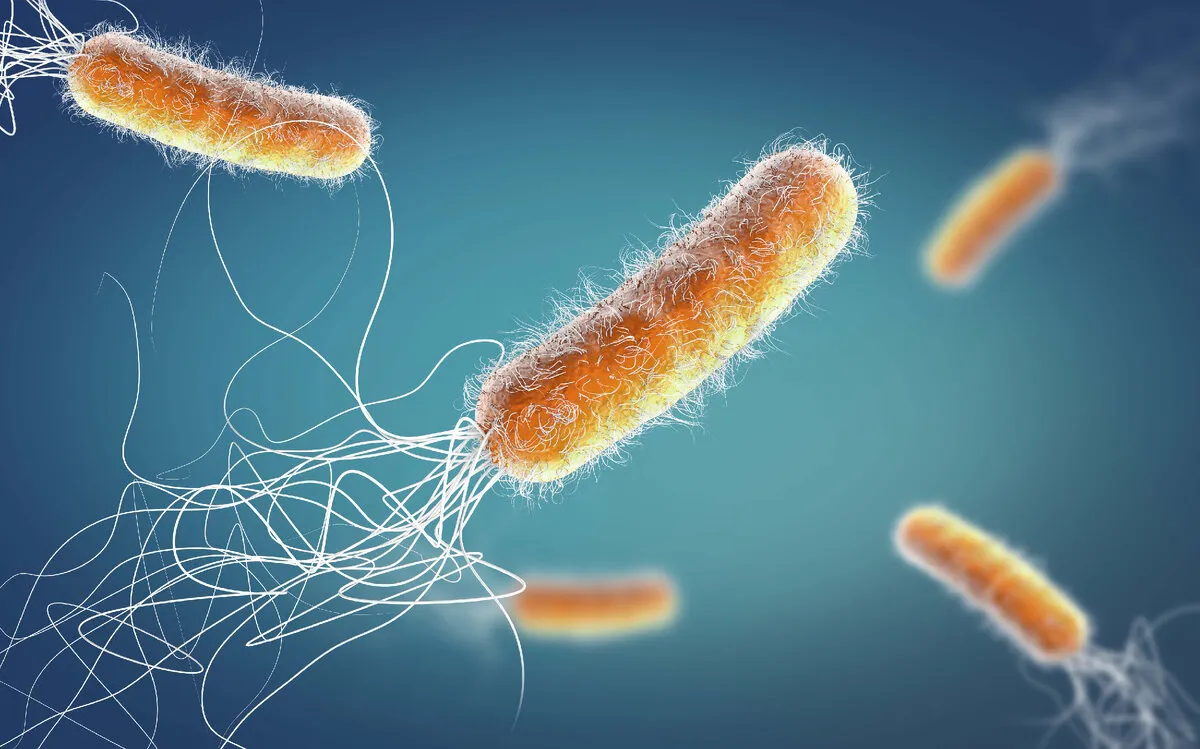Scientists have found a new way to tackle antibiotic resistance A team led by Andrew Myers, Amory Houghton Professor of Chemistry and Chemical Biology, published in the journal Science that their synthetic compound cresomycin kills many drug-resistant strains of bacteria, including Staphylococcus aureus and Pseudomonas aeruginosa.
While we don’t yet know whether cresomycin and drugs like it are safe and effective in humans, our results show significantly improved inhibitory activity against a long list of pathogenic bacterial strains that kill more than a million people every year, compared with clinically approved antibiotics.
Andrew Myers, Amory Houghton Professor of Chemistry and Chemical Biology
The new molecule can bind more strongly to the protein-producing ribosomes of bacteria. Disrupting the function of ribosomes is the main mechanism of action of many antibiotics. But some bacteria have developed protective mechanisms that block the action of older drugs. This is therefore a negative reason to tackle antibiotic resistance.
You may be interested in: Scientists can now control the protein involved in the development of cancers!
Cresomycin’s journey against antibiotic resistance
Kremosin, a promising compound developed by Myers’ team, aims to help win the race against antibiotic-resistant bugs. Development of these compounds will continue with pre-clinical profiling studies supported by a $1.2 million grant from CARB-X (Biopharmaceutical Accelerator to Combat Antibiotic-Resistant Bacteria). CARB-X is a global non-profit partnership based at Boston University and focused on early-stage antibacterial research and development. With this support, promising antibiotic candidates will rapidly advance to clinical stages.

Scientists have found a new way to tackle antibiotic resistance
The Harvard team’s new molecule is inspired by the chemical structures of lincosamide antibiotics such as the widely prescribed clindamycin. Many antibiotics, such as clindamycin, are synthetically modified from complex compounds derived from nature. However, the new compound developed by Harvard is completely synthetic and has chemical modifications that are not accessible with existing methods.
Discovery of new antibacterial agents is critical to stay one step ahead of bacteria as these pathogens are constantly evolving ways to evade even our ‘last-resort’ antibiotics.
Kenneth C. Griffin Graduate School of Arts and Sciences student and co-author Ben Tresco
Overcoming ribosome resistance: new approach and success
Bacteria can develop resistance to ribosome-targeted antibiotic drugs through genes that produce enzymes called ribosomal RNA methyltransferases. These enzymes block the drug’s action by expelling drug components designed to bind to and disrupt the ribosome.
To overcome this problem, Myers and his team changed their compound into a structure that more closely resembles the ribosomal target, resulting in a stronger effect on the ribosome. The researchers call their drugs “prearranged” for binding to the ribosome because they require less energy to be expended to ensure that existing drugs match the target.

The researchers achieved this feat using a method they call component-based synthesis. It’s a new solution to tackle antibiotic resistance. This method involves building complex molecular components in advance and then assembling them later, like preparing a complex LEGO set before assembling its pieces. This modular synthesis system allows hundreds of different target molecules to be produced and tested, greatly speeding up the drug discovery process.
You may be interested in: Scientists are making great strides in creating artificial life forms
Harvard’s blavatnik biomedical accelerator and CARB-X funding
Myers’ compound-based synthesis research received early support from Harvard’s Blavatnik Biomedical Accelerator, part of the Office of Technology Development, which in 2013 awarded funding to Myers’ lab to enable testing of drug compounds. The Office of Technology Development has protected the Myers Research Group’s innovations and will support the research team for the duration of the CARB-X agreement with the Blavatnik Biomedical Accelerator. The newly awarded CARB-X funding enables researchers to continue profiling and optimizing drug leads.
Funding and other support from groups like the Blavatnik Biomedical Accelerator and CARB-X are essential for the discovery and development of new antibiotics,
Curtis Keith, chief scientific officer of the Harvard accelerator
References: Superbug killer: New synthetic molecule highly effective against drug-resistant bacteria https://www.sciencedaily.com/releases/2024/02/240215142329.htm
A new antibiotic overcomes antimicrobial resistance mechanisms that have rendered many modern drugs ineffective and are driving a global public health crisis.
Superbug killer: New synthetic molecule highly effective against drug-resistant bacteria. (2024, February 15). EurekAlert! https://www.eurekalert.org/news-releases/1034410



Leave a Reply